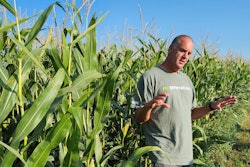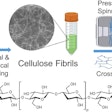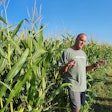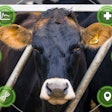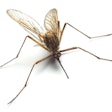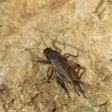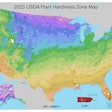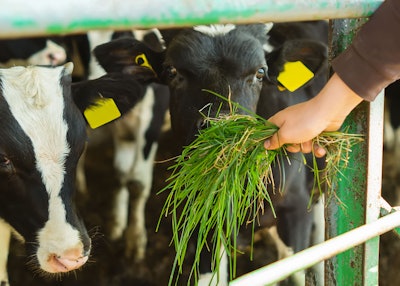
An analysis of the results of a study conducted by Swedish biologist and physician Carl Linnaeus in the late 19th century has discovered what plant species cows, pigs, sheep, goats and horses prefer in their diets.
Linnaeus, known as the “father of modern taxonomy” because of his formalization of the modern system of naming organisms, collected 643 plant species that were fed to cows, pigs, sheep, goats and horses and carefully compiled the results of the 2,325 experiments. However, those results were not analyzed until recently.
“It may have been the first experiment in what would only later become the subject of ecology in the late 19th century. By today’s standards, it was a huge experiment involving an impressive number of plants,” said Håkan Rydin, professor of plant ecology at Uppsala University and one of the researchers who conducted the analysis.
The results compiled by Rydin and other researchers, show that pigs were the most selective in their diet preferences, eating 32% of the 204 plant species tested on all the animals. This was followed by horses at 59%, cows at 66%, sheep at 82% and goats at 85%. The animals generally preferred legumes and grasses. The ruminants had high overlap in food choice, and the pigs deviated most. All animal showed a preference for species that are considered nutritious in modern times.
“Pigs were probably the pickiest eaters because they are omnivores and do not solely eat plants,” Rydin said. “Somewhat surprisingly, the animals were not very good at avoiding the toxic plants. Cows and horses were the best in that regard.”
The article describing the findings appears in the Biological Journal of the Linnean Society. The researchers said they are making the data available for further analyses in other disciplines; perhaps modern animal nutritionists can learn something new from this ancient data.



